The SeaTac City Council held a ninety minute Special Meeting (Agenda/Presentation) to discuss various options in purchasing the area known as North SeaTac Park, which is now (mostly) owned by the Port of Seattle.
As Councilmember Peter Kwon mentioned at the beginning of the follow-up discussion “there is too much information to decide in on in this meeting.” However the Council seemed to make two decisions:
- Commit to obtaining control of the ’55 Acres’ which the public considers the majority of the park
- Begin an investigation as to the feasability of obtaining the remaining properties.
Rather than re-invent the wheel, we urge readers to watch the presentation which is very good. But here are some slides to highlight the key points for us.
Like all of SeaTac, the area under consideration was originally unincorporated King County. Much of this land was purchased by the Port of Seattle after the Sea-Tac Communities Plan of 1976. It’s always worth mentioning that the STCP was a beta-test for many common FAA programs and North Sea-Tac Park (with a hyphen) was one of them.
(Although the final North Sea-Tac Park design and implementation was not completed until 1990–the year after SeaTac was incorporated.)
During the STCP, the FAA began establishing a grant program for airports to purchase ‘Noise Lands’ to provide a buffer for communities and possible expansion opportunities for the operator. This FAA program took many years to become fully fleshed out, eventually becoming the Part 150 program residents are familiar with which also provides sound insulation grants (Port Packages).
To implement this, the Part 150 has a system for measuring noise levels around the airports called DNL and a set of Noise Density Guidelines to determine what are considered appropriate uses for land based on noise levels. The ‘density’ refers to the number of people allowed to be in each area and for how long.
Neighborhoods which measure DNL65 are eligible for sound insulation. Areas with higher sound levels, eg. DNL70, DNL75, etc. are eligible for property buyouts, but are then restricted to recreational or commercial uses. The closer you get to the runway, the greater the restrictions.
In providing grants for noise lands, the FAA discouraged airports from selling those lands. Airport operators could set aside the property for community benefit or commercial use (another form of community benefit), but they could not sell these without convincing the FAA that the lands would not be needed for future expansion, and certainly not below market rate. Given the high cost of land, that last point made the purchase of North Sea-Tac Park impossible.
Section 706 of the FAA Re-authorization Act 2024 made a small change to allow park land to be sold off at below market rate. That now makes the transfer of ownership of some portion of these properties feasible. But even if the Port agrees to sell off some of that property for one dollar, the FAA would still have to sign off on the deal. And if the sale went through, the City of SeaTac would still be subject to the same FAA restrictions as the previous owner, eg. those Noise Density Guidelines.
Be careful what you wish for
Of the seven, Councilmember Kwon seemed most anxious to move forward on acquiring the entire 200+ acres. Other councilmembers seemed less anxious to go so far without more research. And this brings up an interesting point.
It is quite true that SeaTac is by far the most financially healthy among the airport communities–largely due to their 2018 ILA with the Port of Seattle. Even so, it is still a small city. Although a decision to acquire the ’55 Acres’ may be relatively easy, the feasibility costs alone to determine sale price, remediation and ongoing maintenance for the rest of the area will be significant.
The remainder of the 200+ acres would require a great deal more study for several reasons, not the least of which are environmental. Sunset Park has several known environmental issues, but other pieces, including Tub Lake may also be problematic. It’s simply a fact that in the past, large portions of the airport, both north and south were dumping grounds for all kinds of toxic materials. What held up construction of the Third Runway was the fact that untreated run-off had been making its way into the entire water system for fifty years.
You may have heard several comments from councilmembers concerning the Joint Advisory Committee (JAC). The City of SeaTac’s Interlocal Agreement with the Port created the JAC to discuss issues of shared interest. The councilmembers were hoping to gather enough staff research to bring to that next JAC meeting.
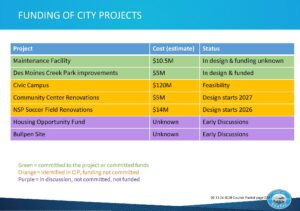 The City of SeaTac also has a number of large capital projects on the board. At the following 6:00pm meeting (presentation), the Council heard that previous plans to replace City Hall with a Civic Campus had ballooned to over $100M.
The City of SeaTac also has a number of large capital projects on the board. At the following 6:00pm meeting (presentation), the Council heard that previous plans to replace City Hall with a Civic Campus had ballooned to over $100M.
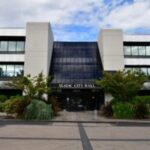
We note with perhaps some irony that the funding for their current City Hall on 188th Street was funded by the Port of Seattle in their 1997 Interlocal Agreement, in exchange for avoiding litigation against the Third Runway.
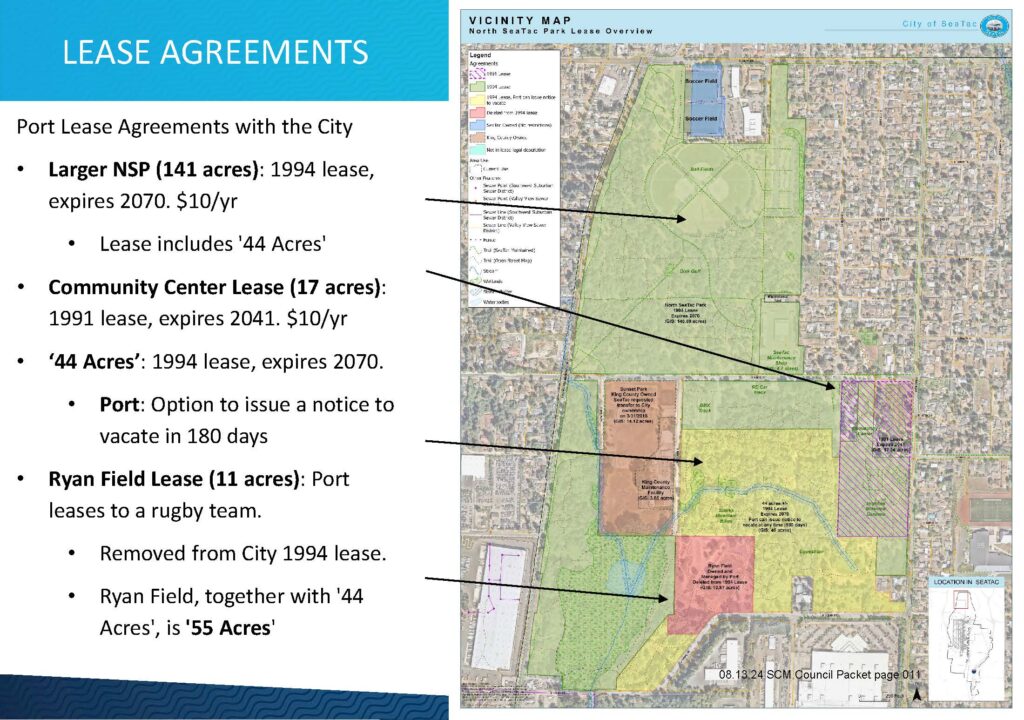
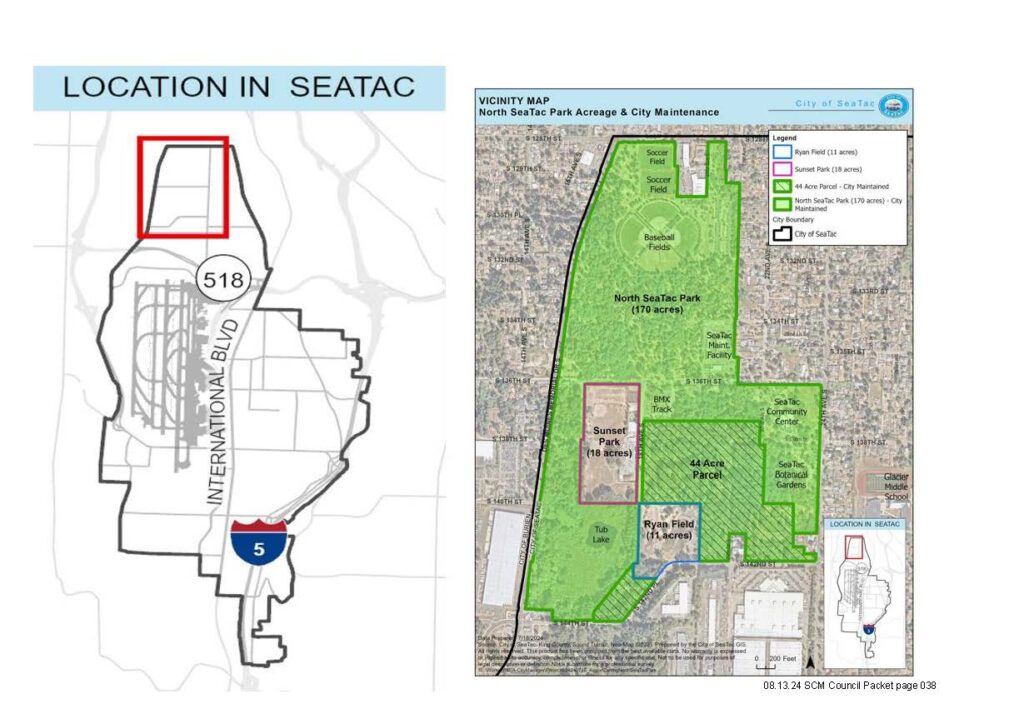
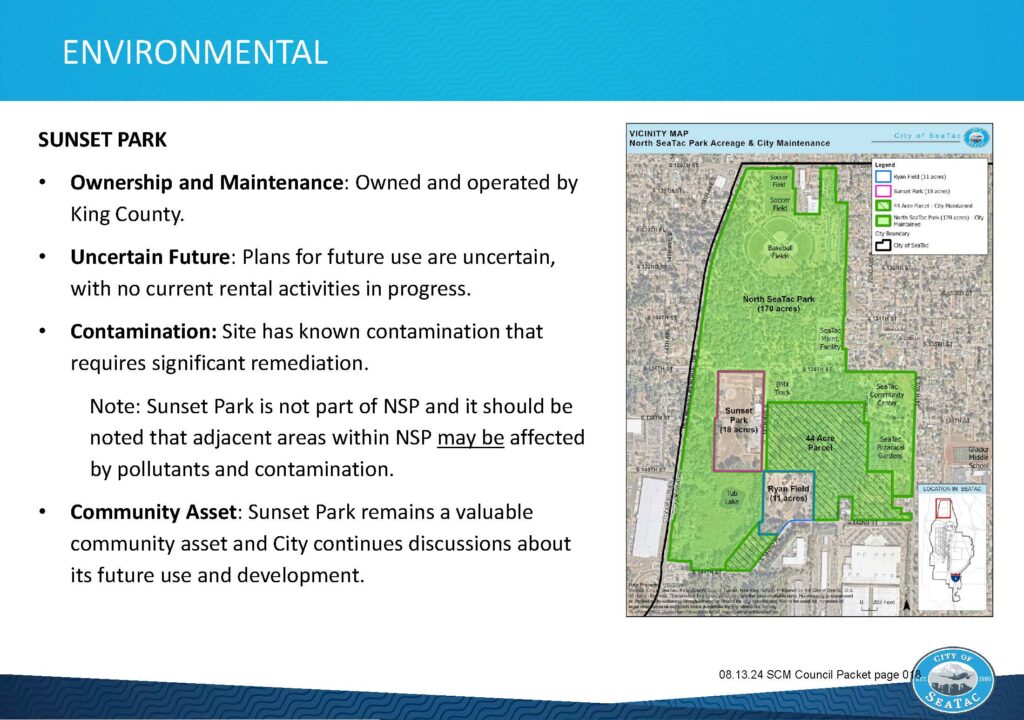
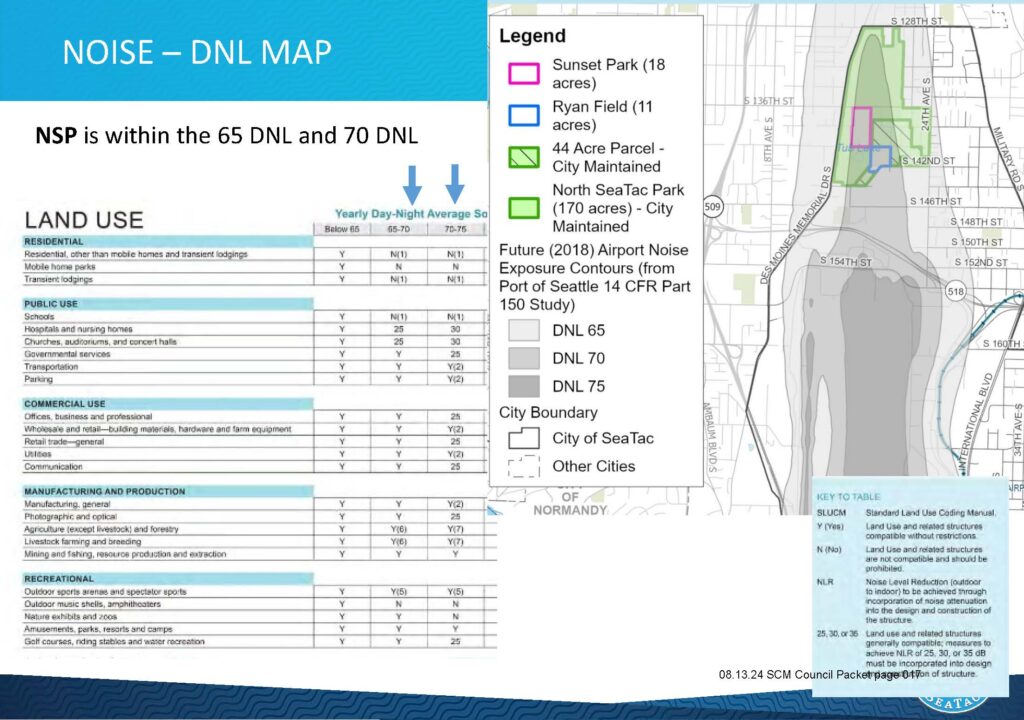
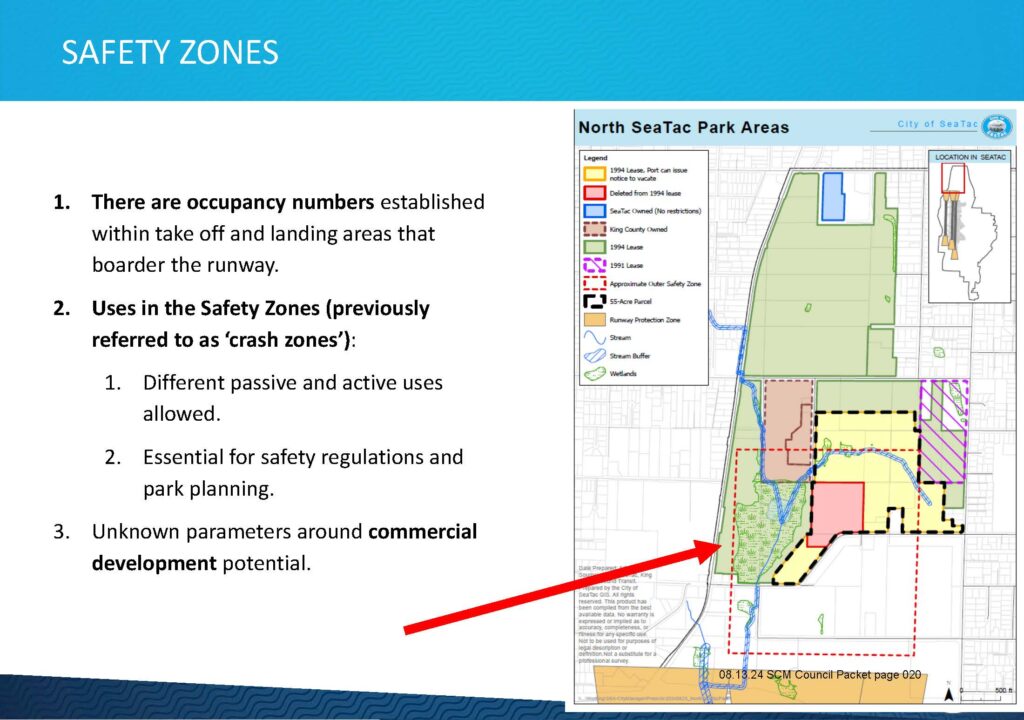
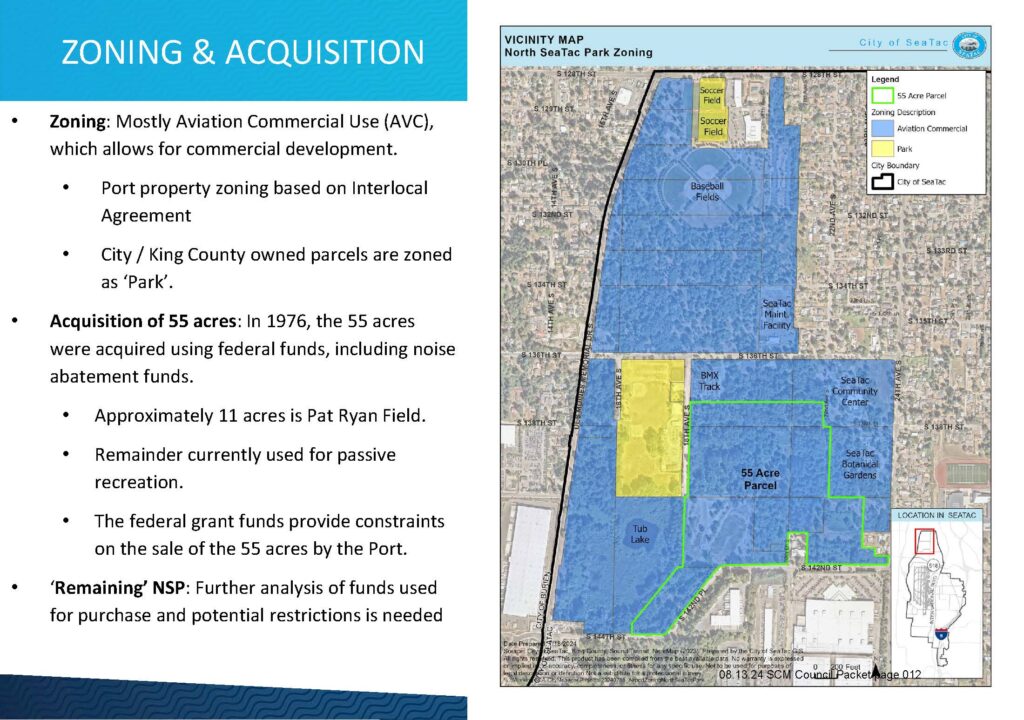
Very informative Sea-Tac news.
Thank you.